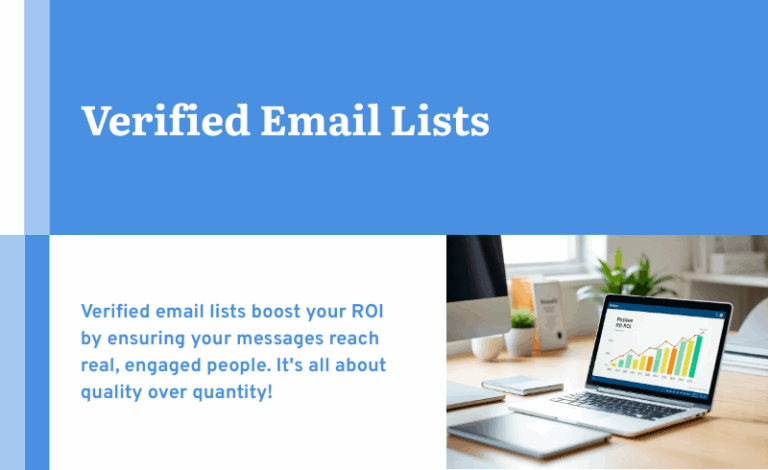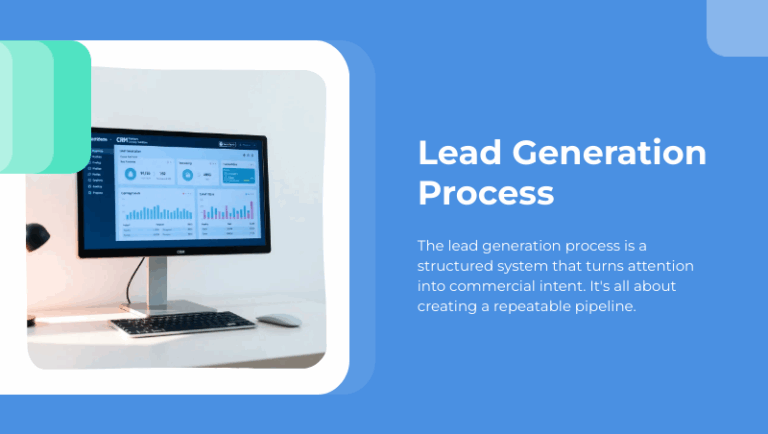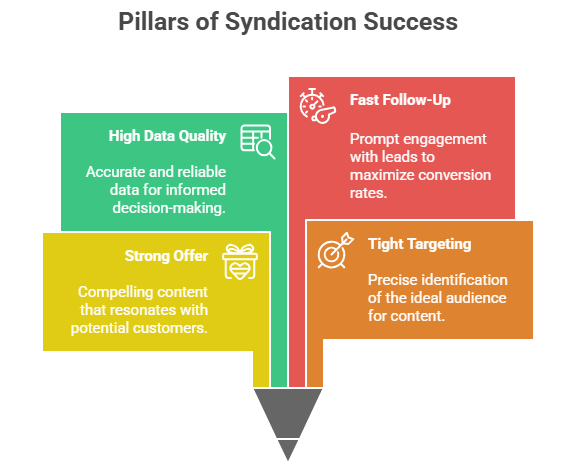
Efficient database management depends on having a strategy in place for managing existing data and incorporating new information as it comes into your sales and marketing automation system. Too many businesses use an ad hoc setup for migrating and managing new data; they never achieve full efficiency because they haven’t had a marketing automation consultant who has systematized the process of data collection, storage, and retrieval for them. Here’s a look at some of the elements that go into a sound database management strategy.
Improve Your Forms
One of the best ways to increase efficiency in data collection and storage is to upgrade the points at which data enters your system. Lead capture forms that welcome visitors, lead them through the process of filling them out, and ask them the right number of questions will net you more and better data. For example, if your current form lets leads type in a number for their organization’s size, you’ll get thousands of different answers that are challenging to organize into meaningful analytics. Replace the self-entry line with a series of range options on a pull-down list, and you’ve instantly narrowed your data field to the number of choices you give your leads.
This change is straightforward for you and painless for your prospects, so pay close attention to the quality of your forms. Progressive forms are another boon, allowing you to ask new questions of repeat visitors.
Integrate Lead Scoring
No two prospects are the same, yet it’s efficient to define set buying journeys. How do you reconcile the individuality of your leads with the need to group them together for efficiency? Lead scoring is your answer. With it, you can pinpoint where each lead is along their buying journey and aim content at them directly – no wasted effort or miscommunications allowed. The better you understand your prospects’ decision-making processes, the more efficiently you can help them reach those decisions.
Drill Deeper
Surface data tells you a fair bit about your leads, but it doesn’t reveal the connections beneath seemingly unrelated information. Take an investigatory approach with your marketing database service provider and develop analytics that show you more than just a cursory look at your customers. For example, you might know that your leads in one region read their email earlier than others, but you can’t learn why until you look a little deeper and find that the average commute there is longer. You would know, then, when to launch campaigns for them and might even get ideas on future campaign approaches.
Create Precise Segments
Segmentation is a tried and tested winner for marketing strategies, but it’s only as good as the accuracy with which you define your segments. Clean data, updated regularly, is essential to maintaining good market segmentation and remaining relevant to your audience.
© Reach Marketing LLC 2018 All Rights Reserved.



